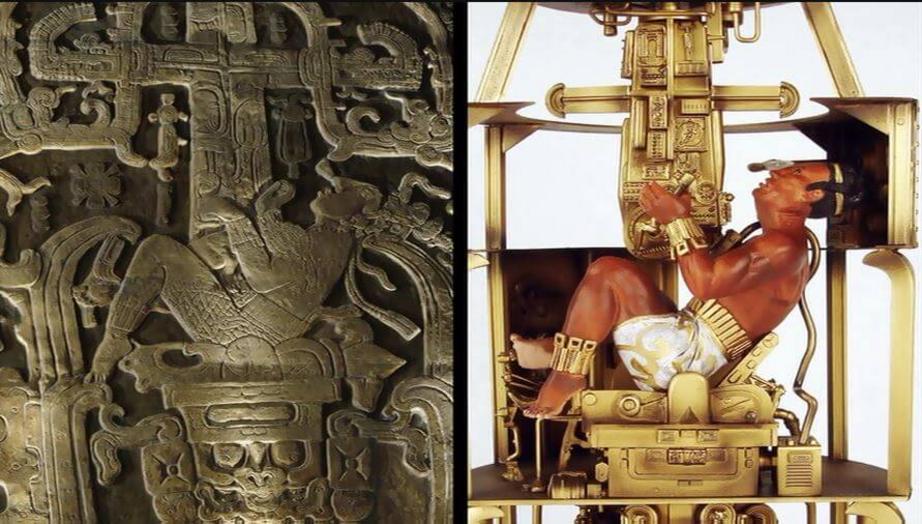The notion of ancient flying machines has long captured the imagination of scholars and enthusiasts alike. Throughout history, there have been intriguing accounts and depictions of flying contraptions attributed to ancient civilizations. While the existence of such machines remains a subject of debate, researchers have embarked on a quest to unravel the mystery and determine the truth behind these ancient marvels.

One of the most famous examples often associated with ancient flying machines is the Vimana, mentioned in ancient Indian texts known as the Vedas. Descriptions depict Vimanas as magnificent aerial vehicles with the ability to travel across vast distances and even engage in aerial battles. These accounts have sparked speculation about advanced technological knowledge possessed by ancient civilizations.
Similarly, the Nazca lines in Peru have fueled theories of ancient flying machines. These enormous geoglyphs, etched into the desert floor, depict various animals and geometric shapes. Some interpretations suggest that these lines were used as runways or navigation aids for ancient aircraft.

The ancient Greek legend of Daedalus and his son Icarus, who fashioned wings to escape imprisonment, is another tale that contributes to the fascination with ancient flying machines. Although mythical in nature, it reflects humanity’s enduring desire to conquer the skies.
While some argue that these accounts and depictions are purely symbolic or artistic expressions, others propose that ancient civilizations possessed knowledge and technology that allowed them to achieve limited flight. These theories range from the use of simple gliders and hot air balloons to more complex ideas involving advanced propulsion systems.
Investigations into ancient flying machines involve a multidisciplinary approach. Researchers analyze ancient texts, study archaeological evidence, and explore the principles of aerodynamics and engineering. They aim to separate fact from fiction and understand the cultural, technological, and scientific contexts in which these stories emerged.

While conclusive evidence of ancient flying machines remains elusive, the quest to uncover the truth continues to drive research and exploration. Regardless of whether these ancient contraptions were real or the product of imaginative storytelling, they offer valuable insights into the human fascination with flight and the boundless ingenuity of our ancestors.
The mystery of ancient flying machines serves as a reminder of humanity’s enduring spirit of exploration and innovation. It fuels our imagination and pushes us to uncover the secrets of the past, shedding light on the remarkable accomplishments of ancient civilizations and inspiring us to reach even greater heights in our own pursuit of knowledge and discovery.